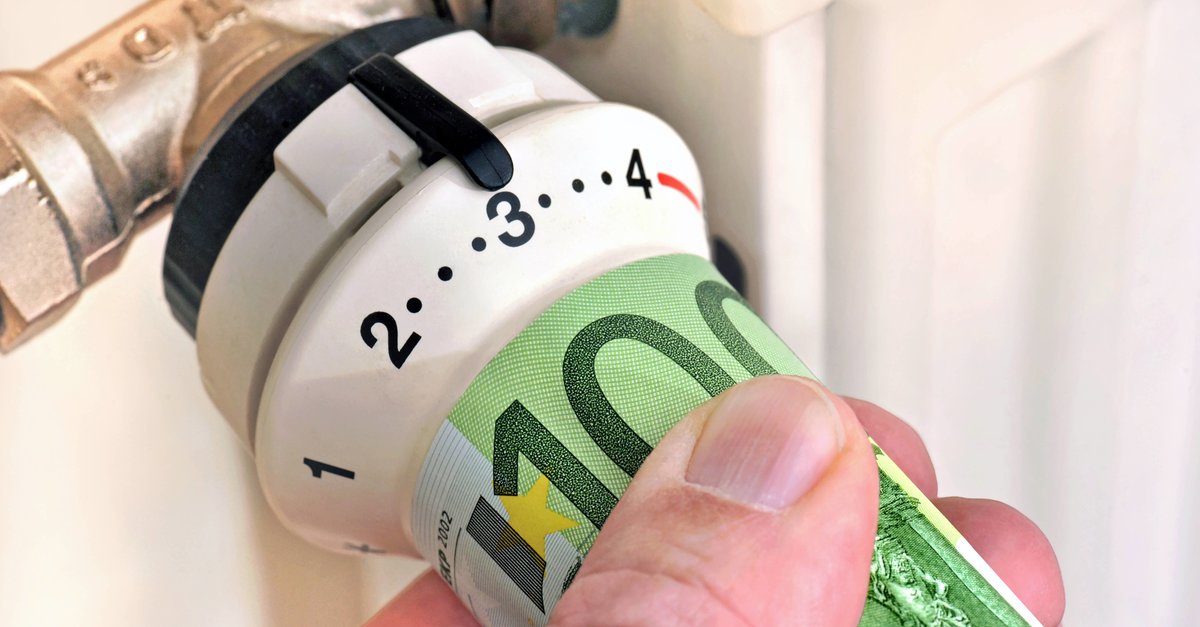Sensational photos show what it really looks like
So far, all images of the coronavirus have been animations based on the knowledge gained about the virus. Austrian researchers have now taken a milestone: they took the first real photo of the pathogen.
First photo of the coronavirus: researchers make a breakthrough
The photos are a real sensation, although they don’t look very different from what we expected. In this respect, however, they also confirm the accuracy of the previous research: Researchers from Nanographics, which is closely associated with the Technical University of Vienna, have succeeded in mapping real coronaviruses for the first time.

The 3D images were made of SARS-CoV-2 pathogens from a snap-frozen sample. So it reports among other things n-tv. The images from the Austrian company are based on data from a Chinese research team from Tsinghua University in Beijing. They managed to scan the viruses in the frozen sample using cryoelectron microscopy. The particular challenge here: the proteins on the virus surface were not allowed to be influenced by the scanning process.
The AHA rules still apply:
Austrians make viruses visible in frozen solutions
In Austria one faced another difficulty: It was a matter of making the data of the pathogens obtained in China from the data of the salt solution of the sample visible. A technique was used for this, with the help of which the solution around the viruses was made transparent, so to speak, explained Ivan Viola from the Vienna University of Technology ORF. Viola also spoke to the APA about how fascinating it is to see how “the virus structure can be observed directly and in great detail” using the microscopic data. According to Nanographics, these are the first images of the coronavirus of such high visual quality worldwide.
The Sino-Austrian method is intended to help in the future to analyze and display microscopy data more easily and quickly. In order to improve software programs for graphic representations, the know-how from the cooperation can also be used in the future and thus advance further studies. The more researchers can learn about the coronavirus, the better this knowledge can be used for vaccines and medicines or other ways to control the pandemic.


